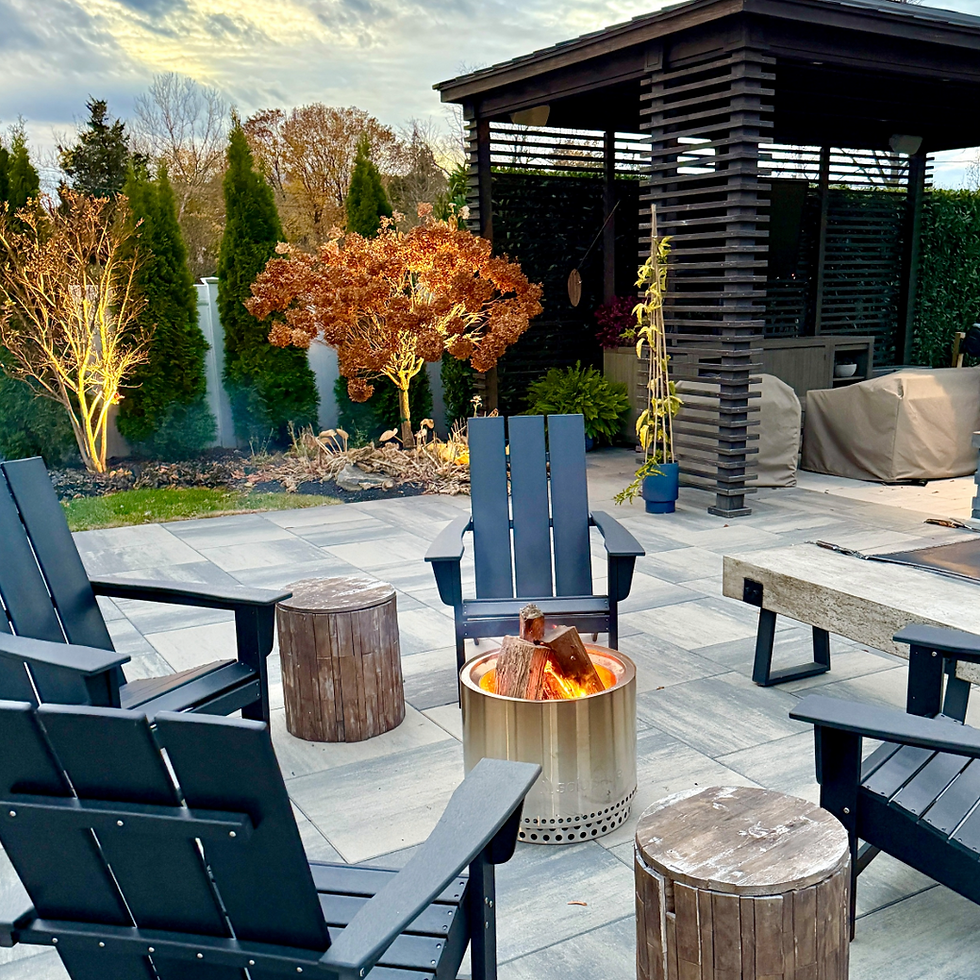What to Prune in Late Winter
- Rebekah

- Feb 13, 2020
- 3 min read
Updated: Jan 9, 2025
It can be confusing to know what to prune at what time of the year. We are going to help take some of the confusion out of that in today's blog post. These pruning tips are intended for our zones of 6b/7a here in Middle Tennessee.

What do I prune now?
Ornamental grasses in late January or February
Ornamental grasses need to be pruned each year to maintain a healthy shape. This is how we care for ours at the nursery. Cutting them back to approximately a foot tall will give them the "haircut" they need, and don't worry- they grow very quickly and will be back to their mature size in just a few short months.

Deciduous shrubs and trees except these listed below:
All deciduous shrubs and trees (such as Crape Myrtles- shown above) can be pruned at this time of the year except roses, hydrangeas that bloom on old wood, and spring-blooming shrubs and trees
Wait to prune
Roses: prune when forsythia blooms (usually early-mid March).
Hydrangeas: varieties that bloom on new wood can be pruned now, but you have to take special care of pruning old wood varieties. We have a blog post to help you know if yours blooms on old or new, and always feel free to ask us.
Spring-blooming shrubs and trees: such as forsythia, flowering quince, lilac, snowball bush, azalea, rhododendron, redbud trees, ornamental cherry trees, etc. Wait to bloom these until after they've bloomed, but more on that topic below!
Evergreens in late February or early March
Evergreens are semi-dormant during winter and because of this, if pruned too early and we receive ice or snow, it can damage any new growth that is beginning to flush out after it's been pruned. Because of that, it is recommended to wait to prune evergreens until late February or early March, as long as the weather is mild. You can also wait until later in spring to prune most evergreens.
Pay special attention to any evergreens that bloom, such as Camellias, as some varieties bloom in late winter or spring. Wait to prune them until they've finished blooming- later in spring.
Wait to prune deciduous spring-blooming trees and shrubs until right after they've bloomed
Prune them right after they bloom later in spring. Do not wait until summer of fall to prune spring-bloomers, as many of them begin to produce next year's blooms inside their stems MANY months ahead of their next bloom season.

The benefits of pruning:
Regular pruning (at least once a year) is healthy for most plants. Two exceptions to this rule are specific evergreens (such as hemlock, pine, and types of spruce) and hydrangeas that bloom on old wood (which many times only need pruned once every few years).
Here are just some of the benefits to correctly pruning your trees and shrubs:
pruning encourages new growth
promotes a healthy shape on the plant
improves the plant or tree's overall structure
helps rids the plant of diseased or damaged stems
overall improves the health of the tree or shrub
provides clearance (in the case of low limbs)
gives your garden a cleaner, more manicured look
When you're trimming, remember to pick up those clippings out of your gardening beds. Such a simple thing, but insects and disease can be harbored under those clippings if they are left near your plants.
I love pruning at this time of the year because it helps me prepare for spring's arrival! I love the way my trees and plants look after they've been trimmed. What about you? Do you enjoy preparing for this upcoming spring season?
Please share this blog post with your friends! We hope you will ask us any questions and we look forward to seeing you at the Garden Center soon!



